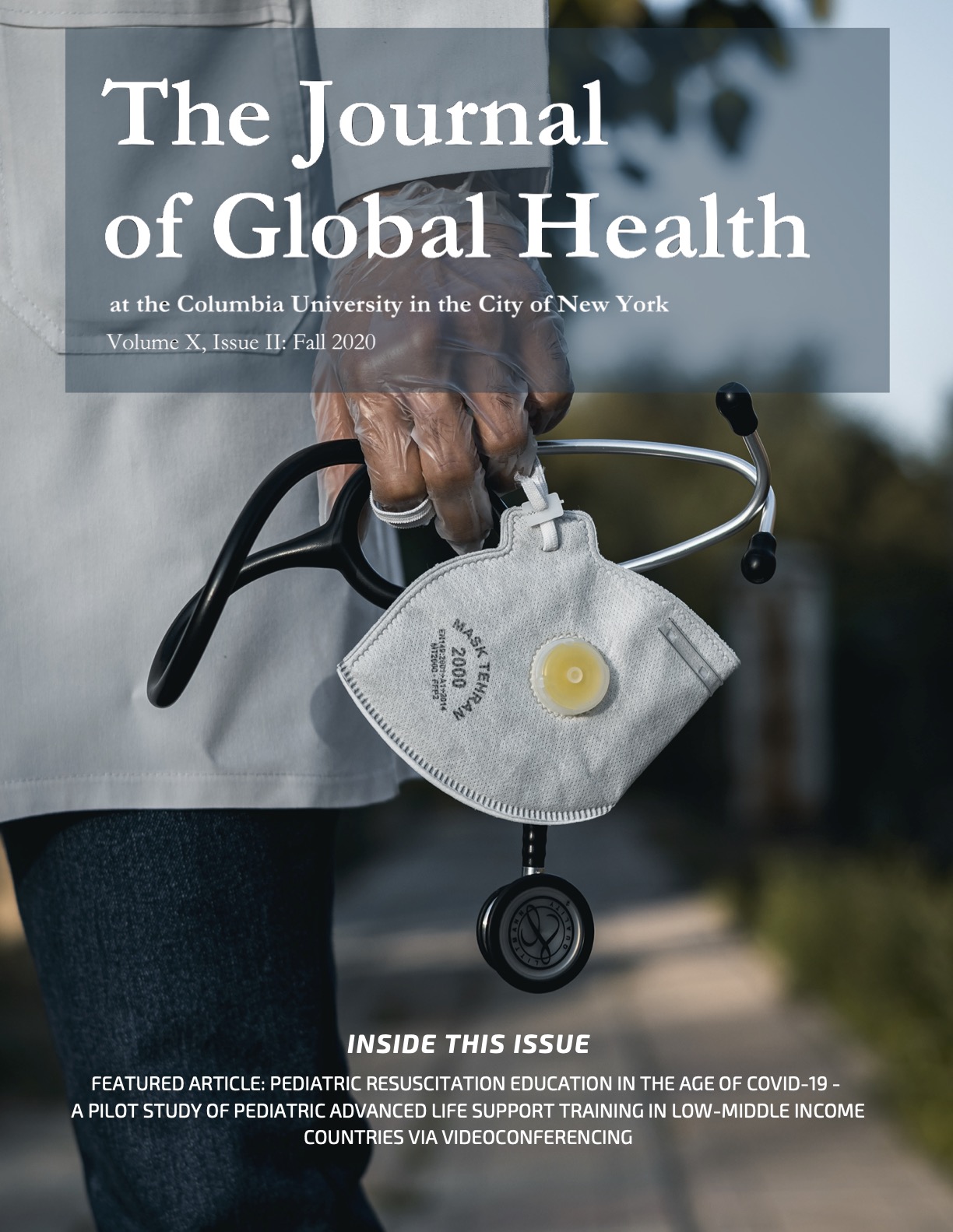Pediatric Resuscitation Education in the Age of COVID-19 A pilot study of pediatric advanced life support training in low-middle income countries via videoconferencing
Main Article Content
Abstract
Despite improving medical care worldwide, vast healthcare disparities remain in low- and middle-income countries (LMIC). In Haiti, the under-5 mortality rate is more than double the rate of the Dominican Republic on the other side of the island. Through a partnership with St. Damien and Hospital Bernard Mevs in Port-Au-Prince, Haiti, and the Department of Emergency Medicine, University of Minnesota Medical School, healthcare providers have collaborated to improve pediatric emergency care and outcomes by teaching American Heart Association (AHA) courses in Haiti. Due to COVID-19, many global health initiatives, including through the University of Minnesota, have been postponed indefinitely. In efforts to continue working toward improved delivery of care, we sought to pilot a remote AHA Pediatric Advanced Life Support (PALS) course in Haiti. We delivered a complete AHA PALS course through videoconferencing, with participants engaging in hands-on procedures and simulations. We surveyed participants’ confidence in relevant skills and knowledge pre- and post-course. Results showed significantly improved ratings in 12 of the 18 surveyed items (p<0.05). Participant satisfaction in the video-based delivery of the course indicated that videoconferencing may be an effective method of course delivery. Videoconferencing shows promise as a successful tool to continue global health education.
Article Details

This work is licensed under a Creative Commons Attribution 4.0 International License.

